+TALKS #5
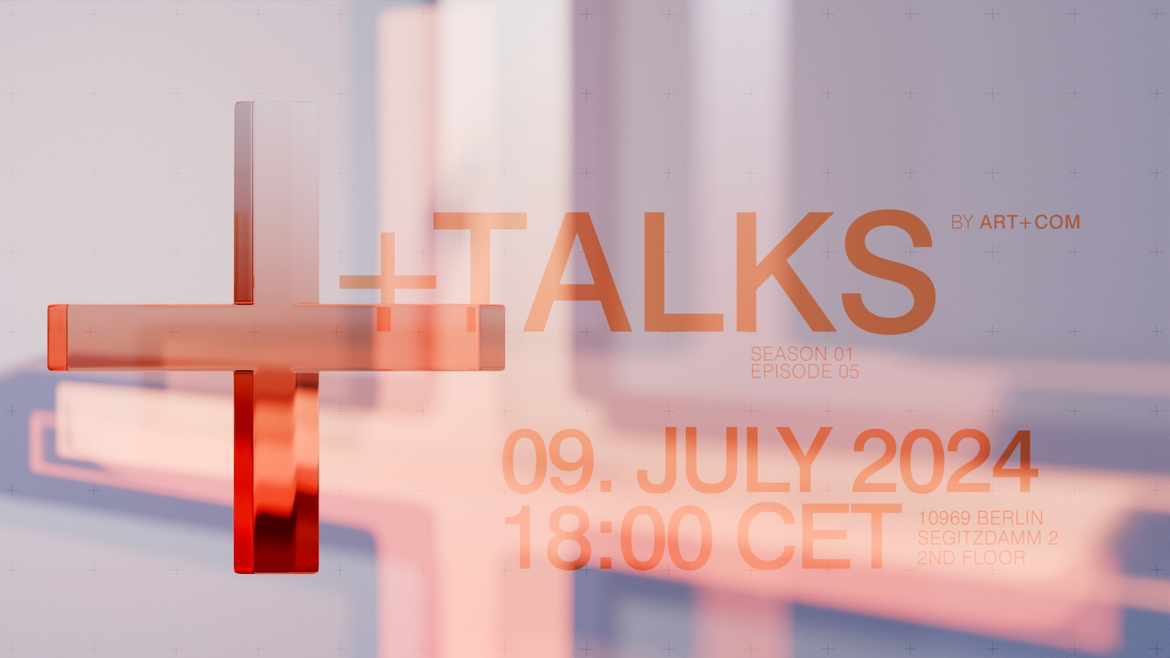
The fifth edition of +TALKS focused on robots, possibly in celebration of Johnny 5 (or not). From how materials impacts physical interaction with machines, the neuroscience-psychological quest on the perceived benefits or downsides of applying emotional traits to robots, to the unknown problems of mechanically creating a tesseract in our merely three-dimensional universe.
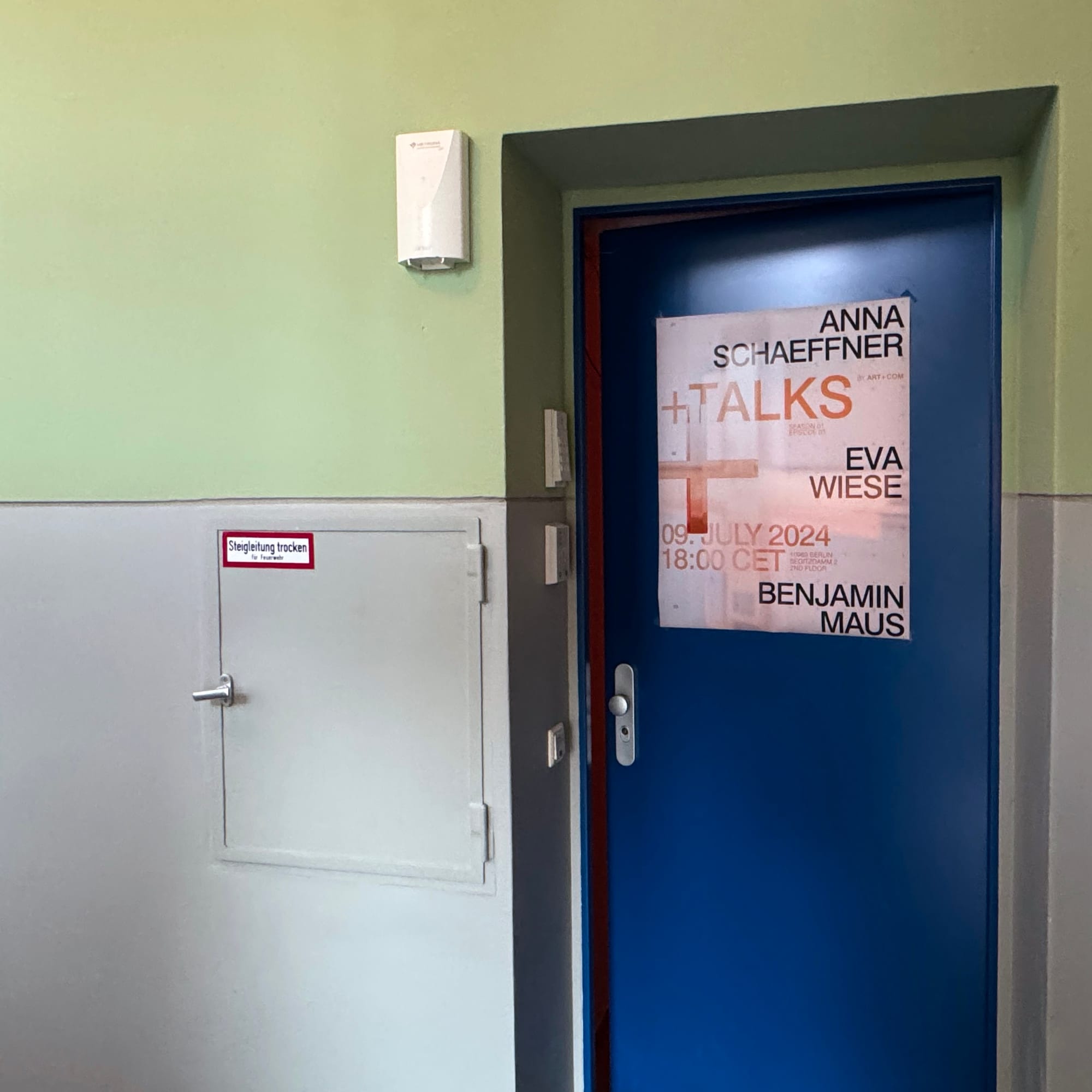
Anna Schaeffner
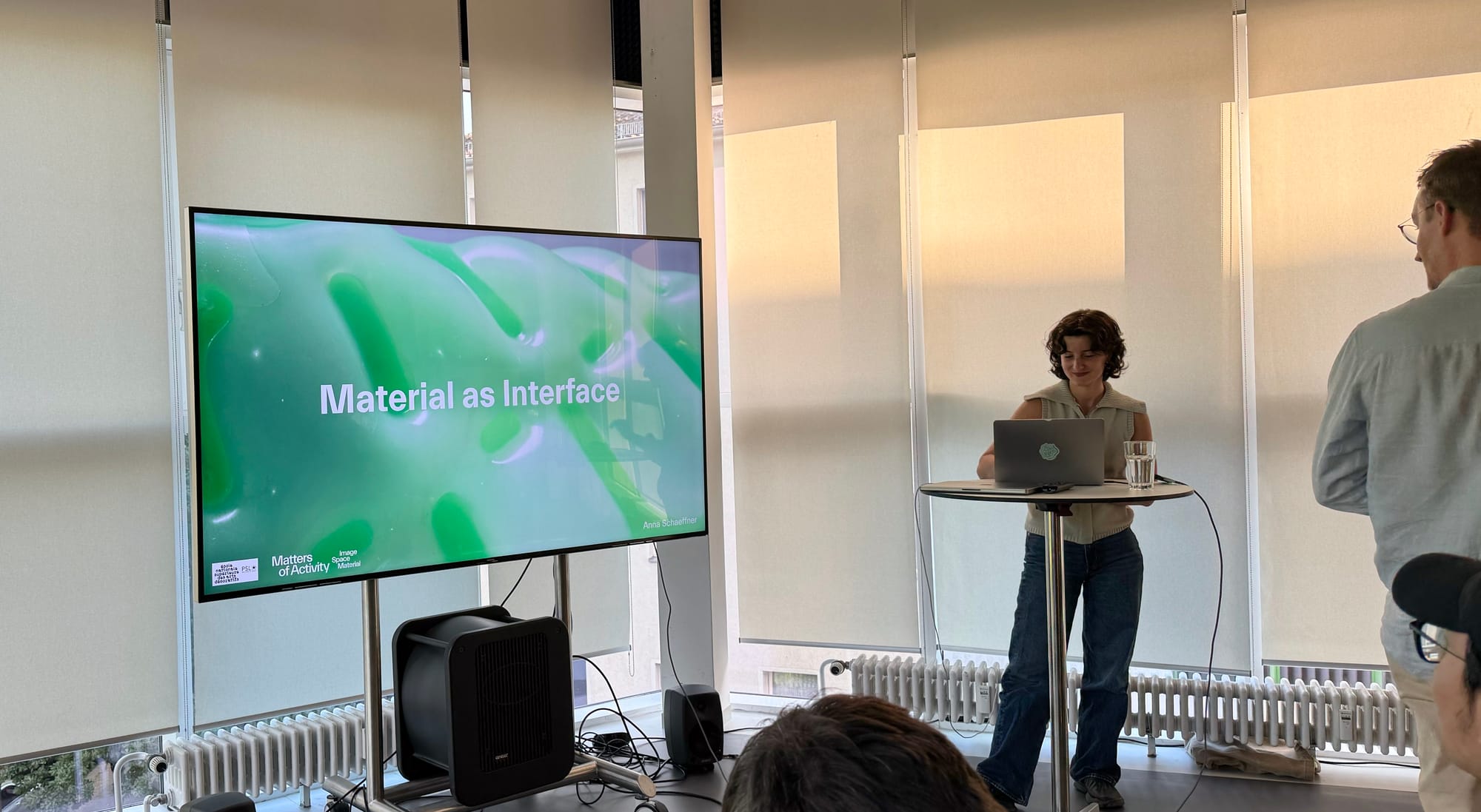
Fascinating and direct proposal on how to improve social interaction with robots by evolving materials. On how we can create Cobots that can even perform with dancers in 6DOF. It was really interesting to learn about each step of the process, and it was also significant the reflection on how this research could potentially lead to the development of more inclusive interfaces (by not assuming a single manner of manipulation).
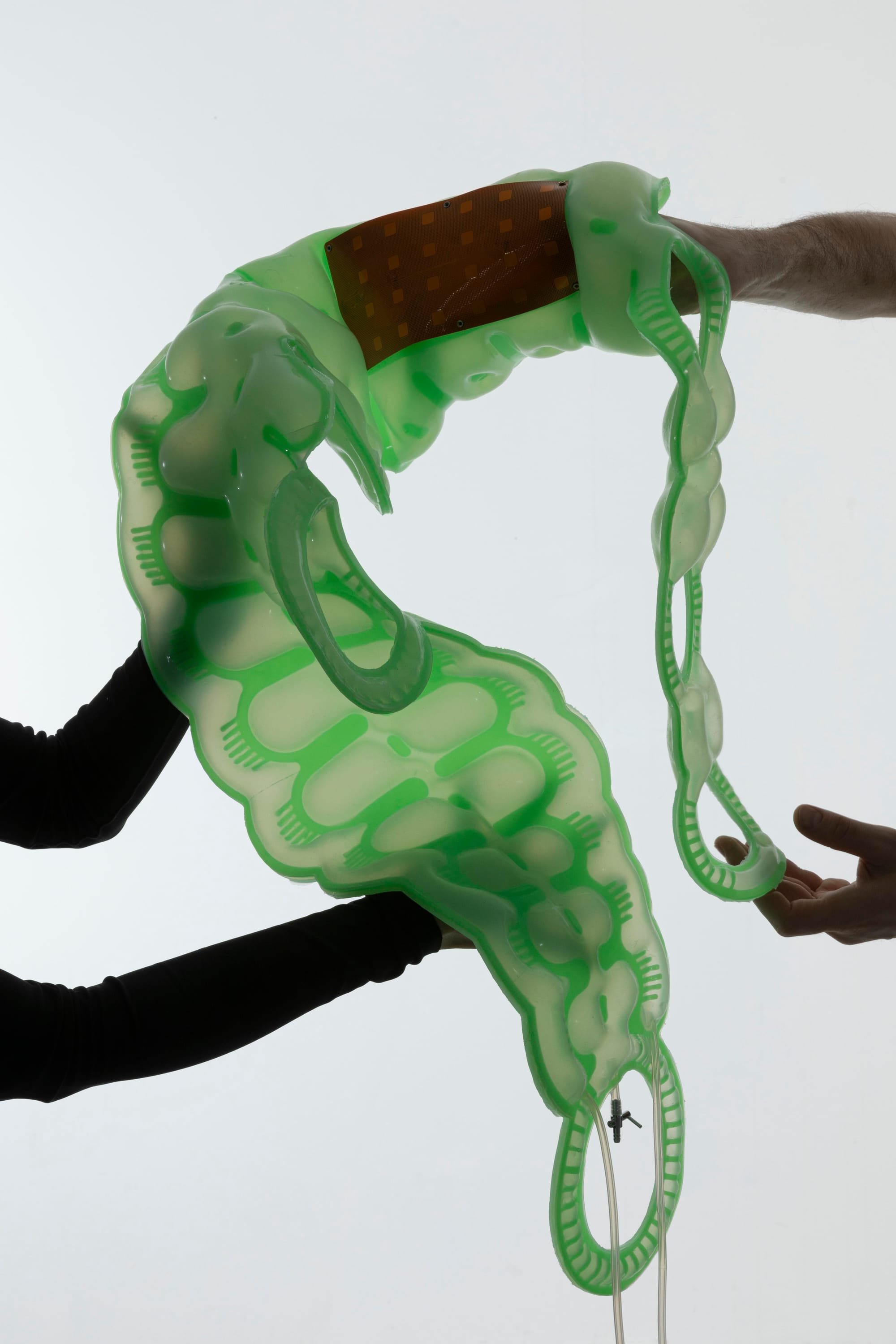

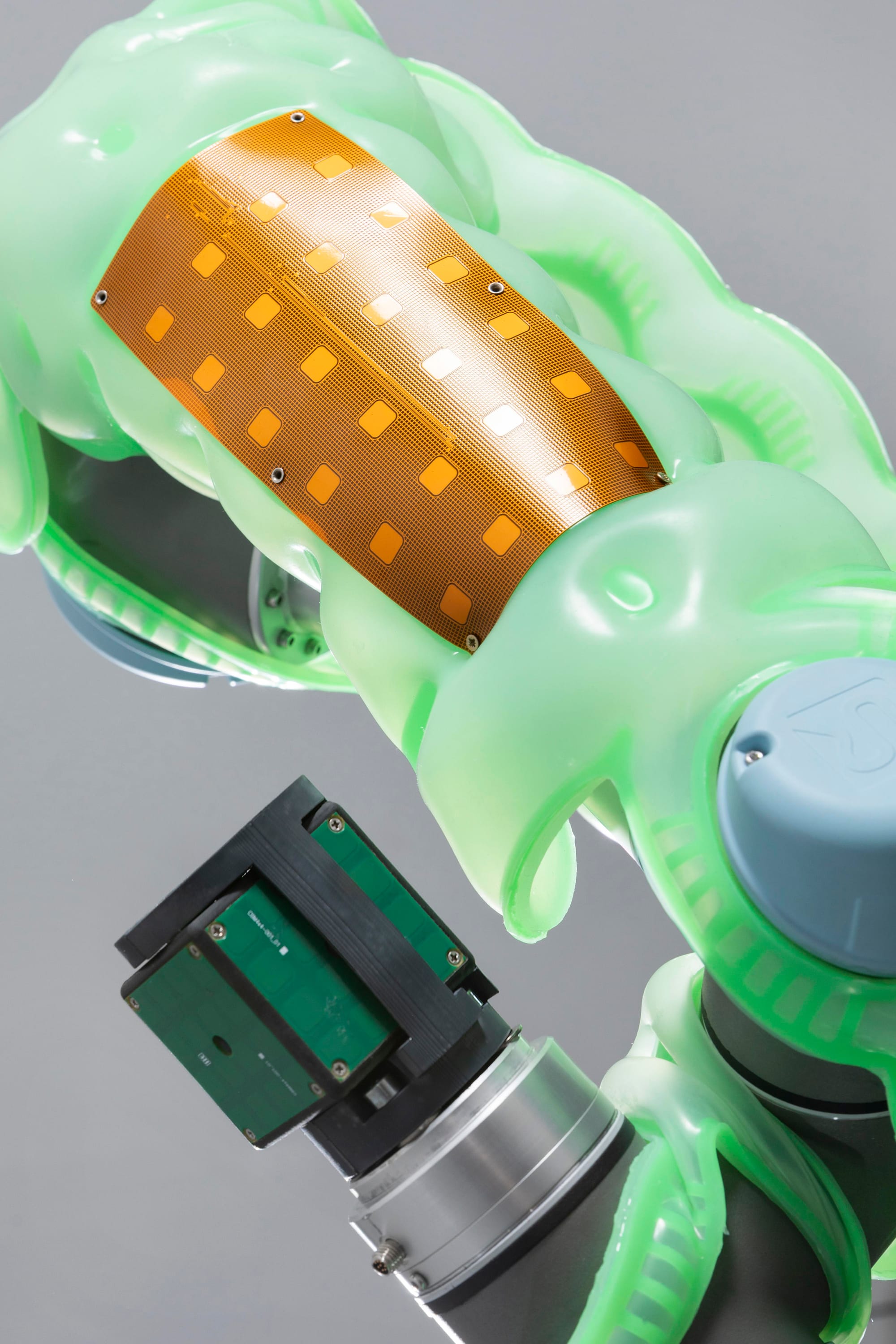
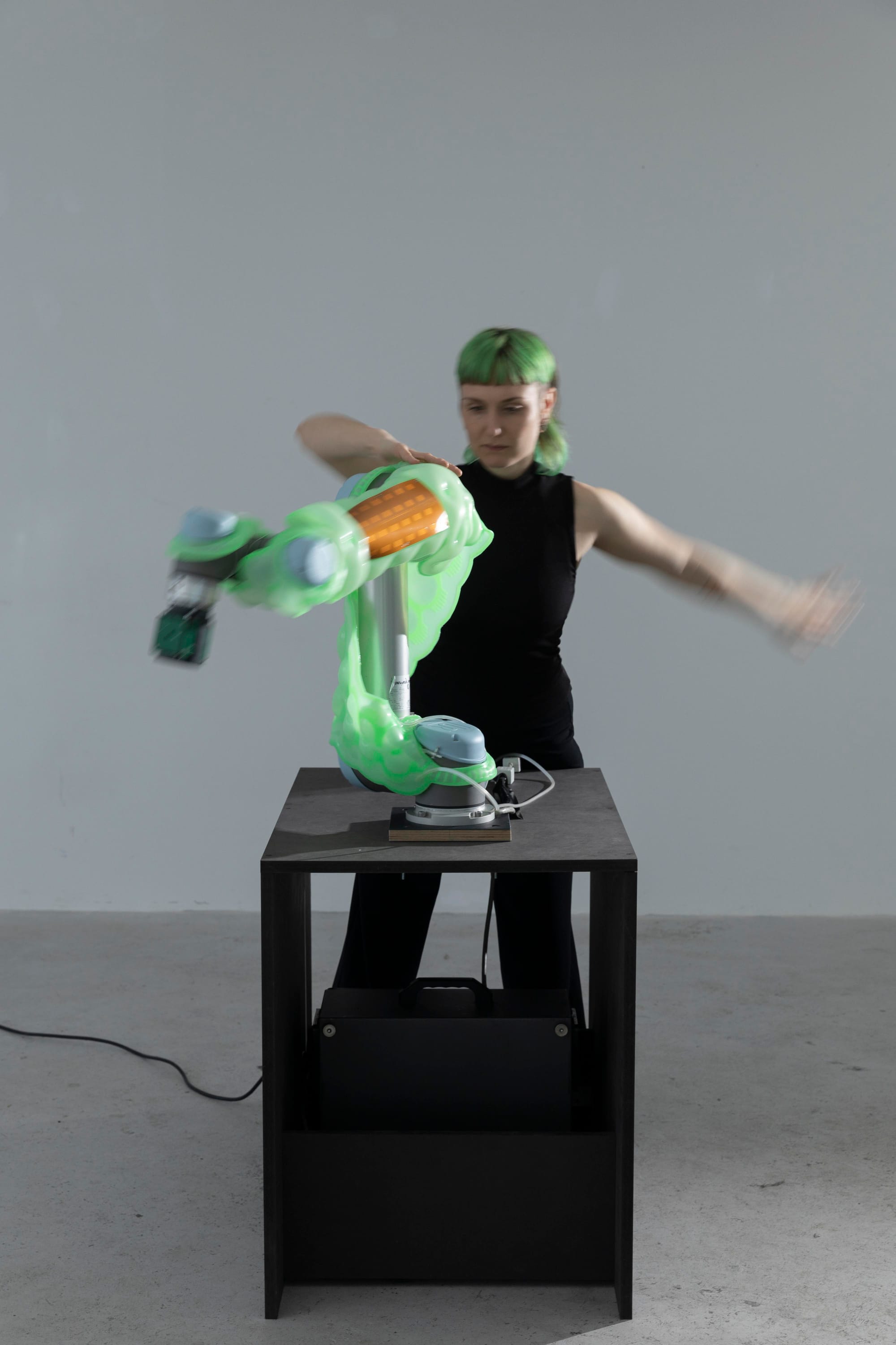
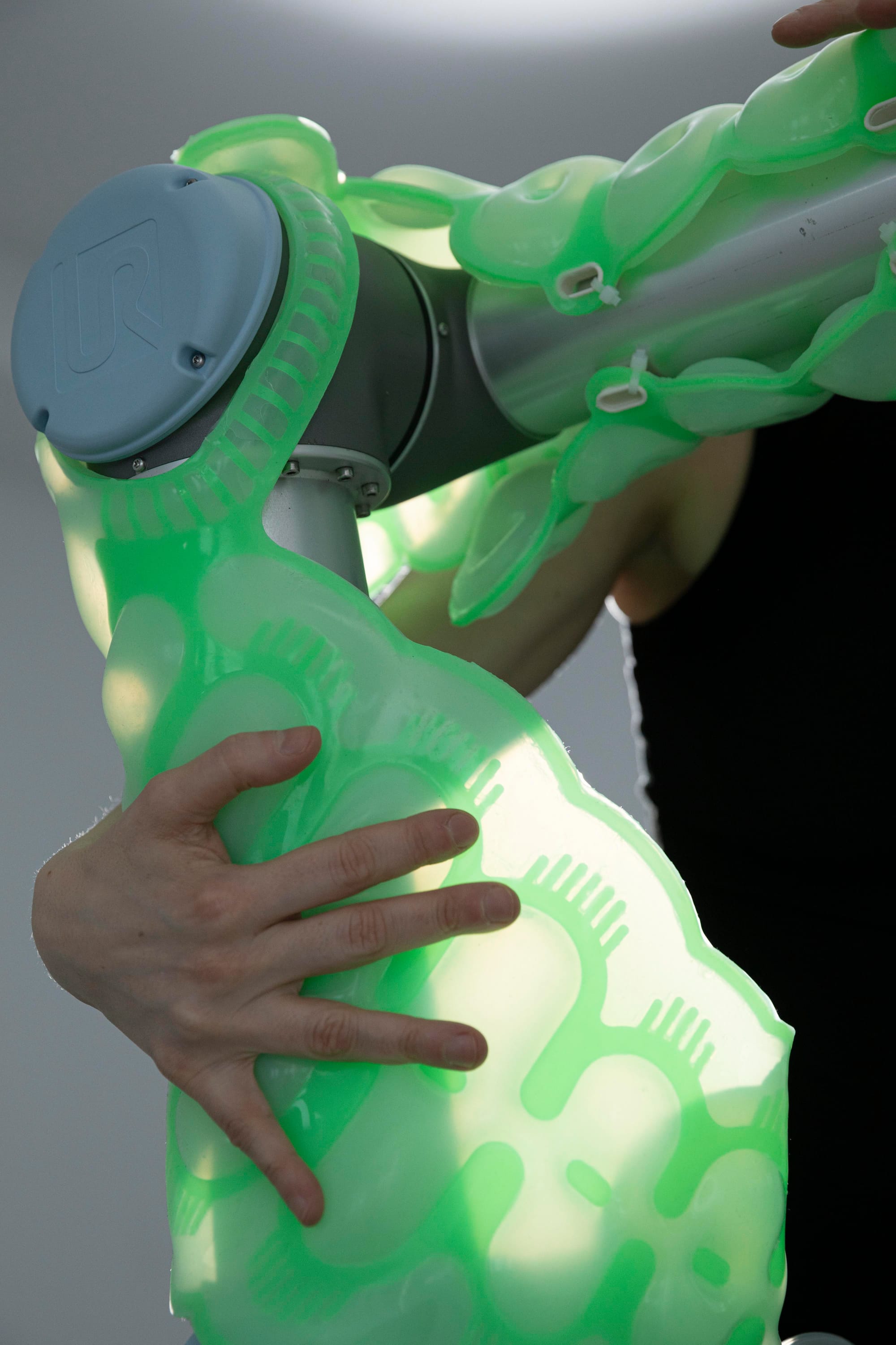
Official photos from the Soft Collision project shows the membrane used as an interface, followed by the robot itself dancing with Michela Filzi. Photos by Michelle Mantel.

Anna recommended this movie in her talk, so I'll oblige
Eva Wiese
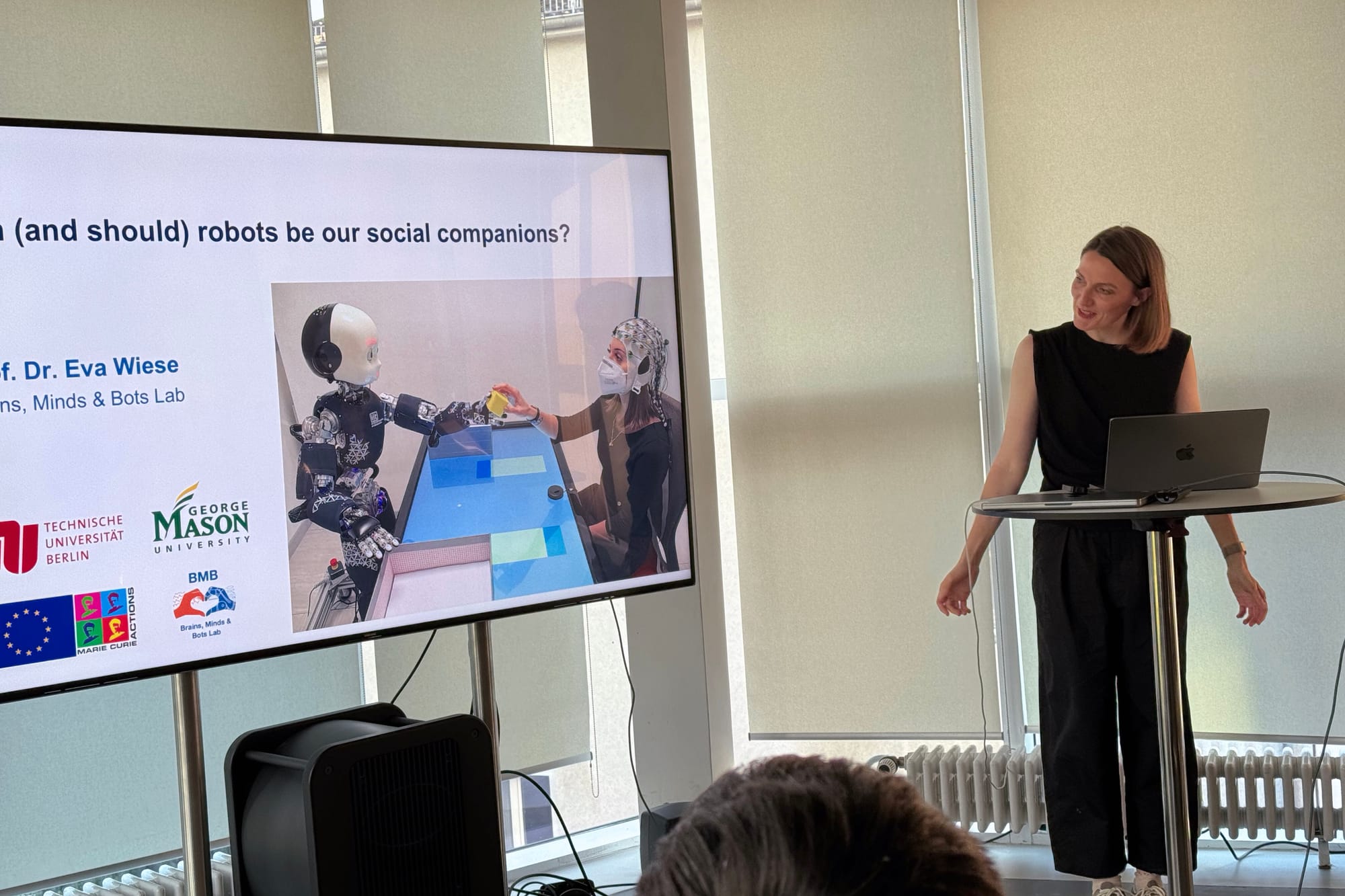
Many captivating points, such as how the uncanny valley might affect performance in collaborative work by increasing cognitive burden on the decision about whether the robot is human-like or not (making this a crucial decision to consider when designing time-sensitive, critical tasks).


Some slides from the talk showed the experiments that her department is currently doing and some interesting conclusions that were drawn about things like the cost of anthropomorphism
Social cues coming from robots or AI have proven to be meaningless for humans (so far). The minimum facial features required for recognizing a face as a face. Animism, and the ephemerality of the studies in moving cultural scenarios (reactions 12 years ago are really far from the replies you receive now)
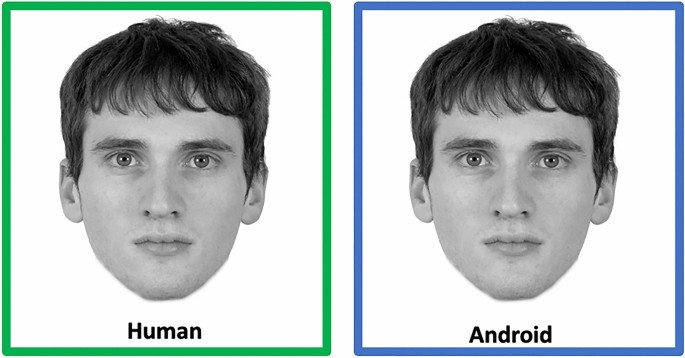
What looks to be yet another enjoyable recommendation
Benjamin Maus
Constructing 4D mechanisms in our 3D environment, and how do you power them!? The dynamics at work and the leap of faith when dealing with art-driven engineering.
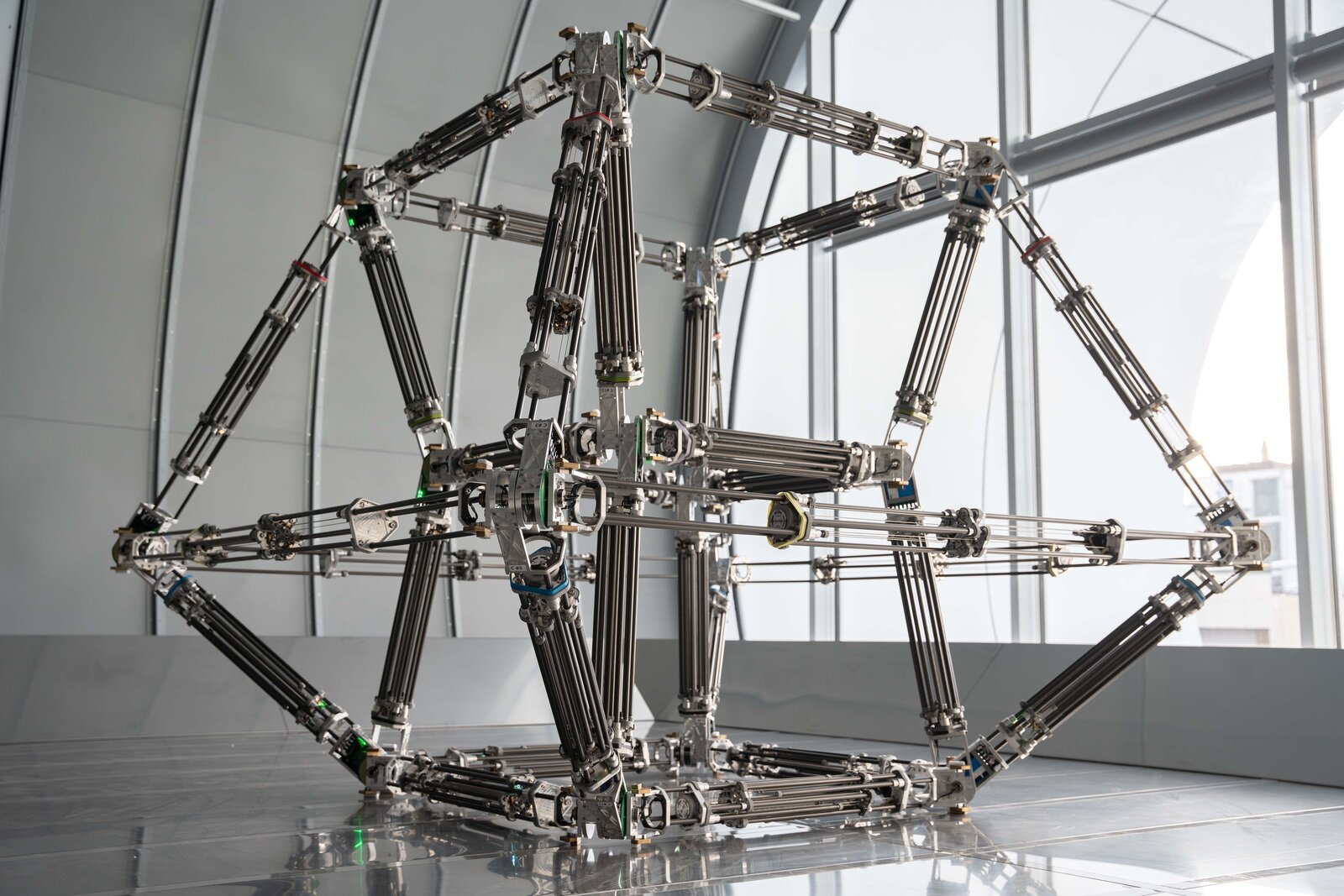
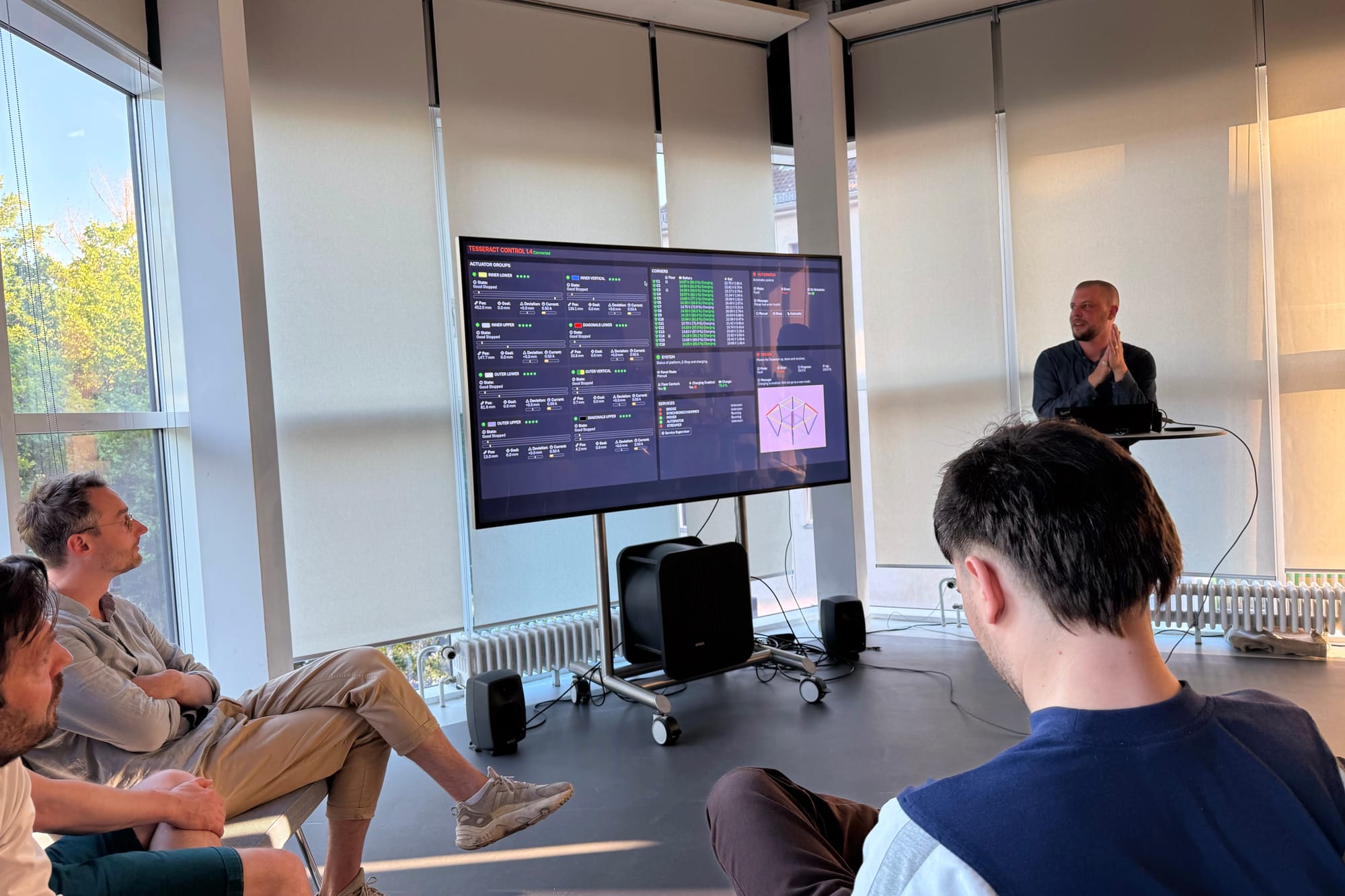
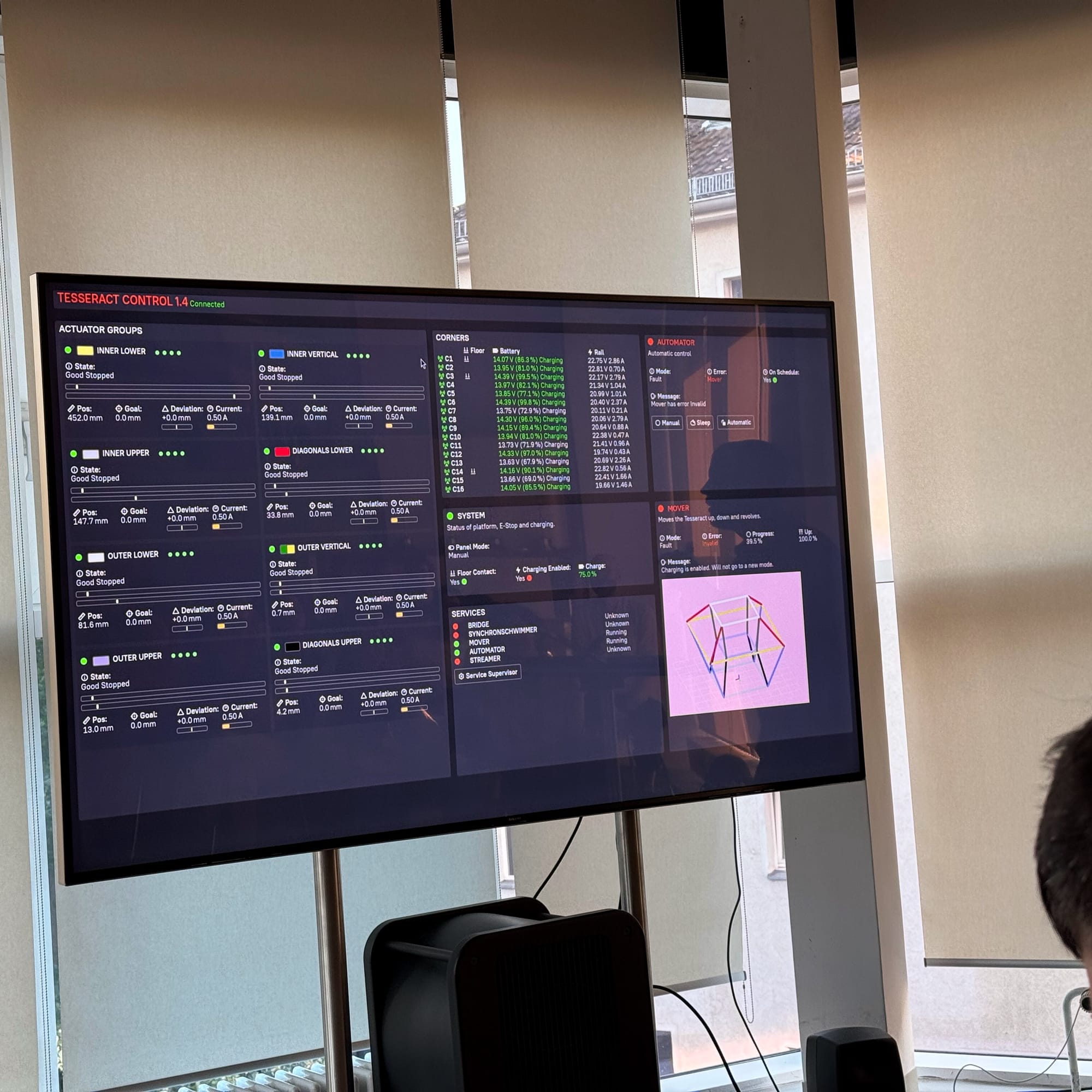
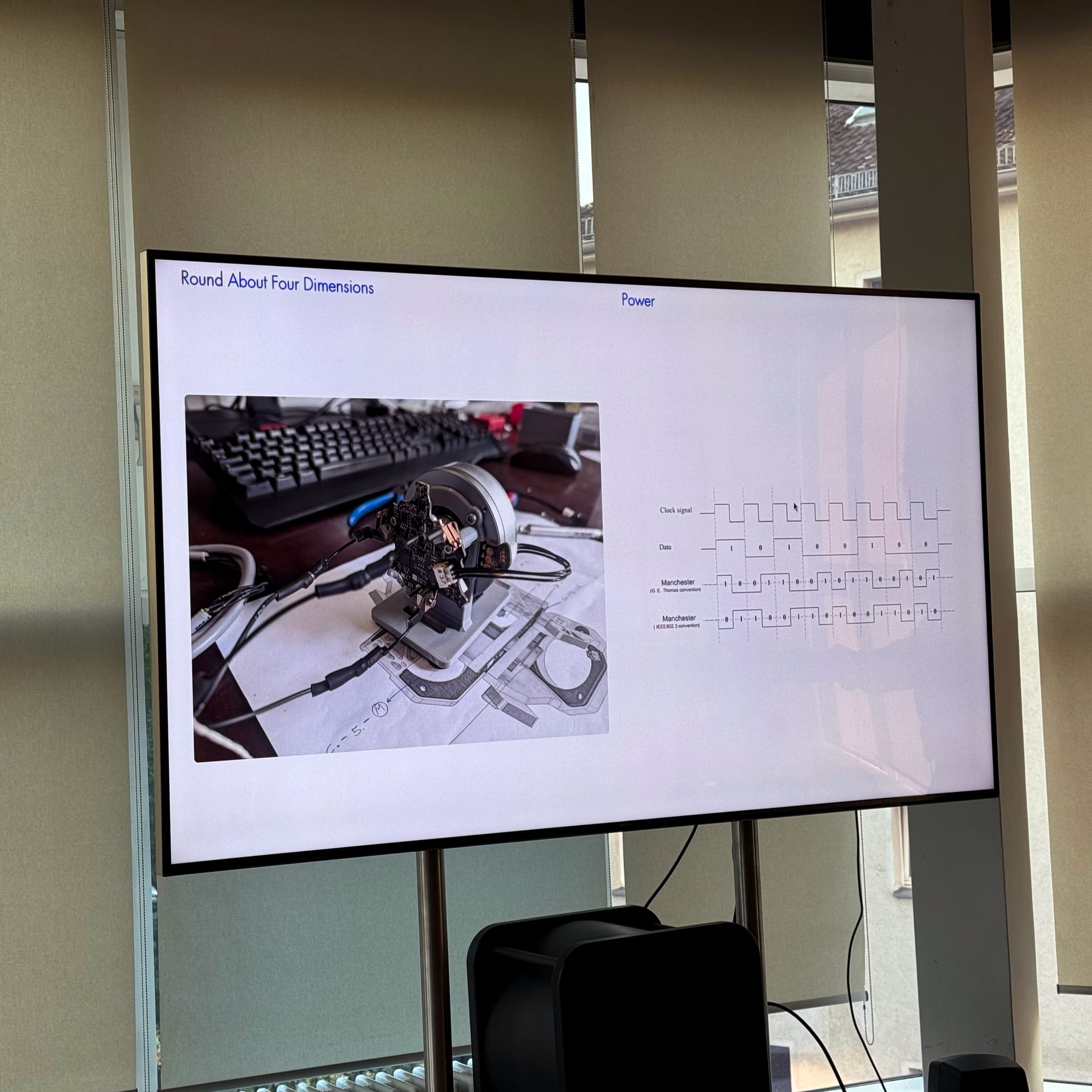
"We are doing this not because it is easy, but because we thought it would be easy" comes to mind when I think about how hard it was to build this system and how many unexpected problems it had
But the result is definitely something to contemplate. Sometimes naivety triumphs over even physics
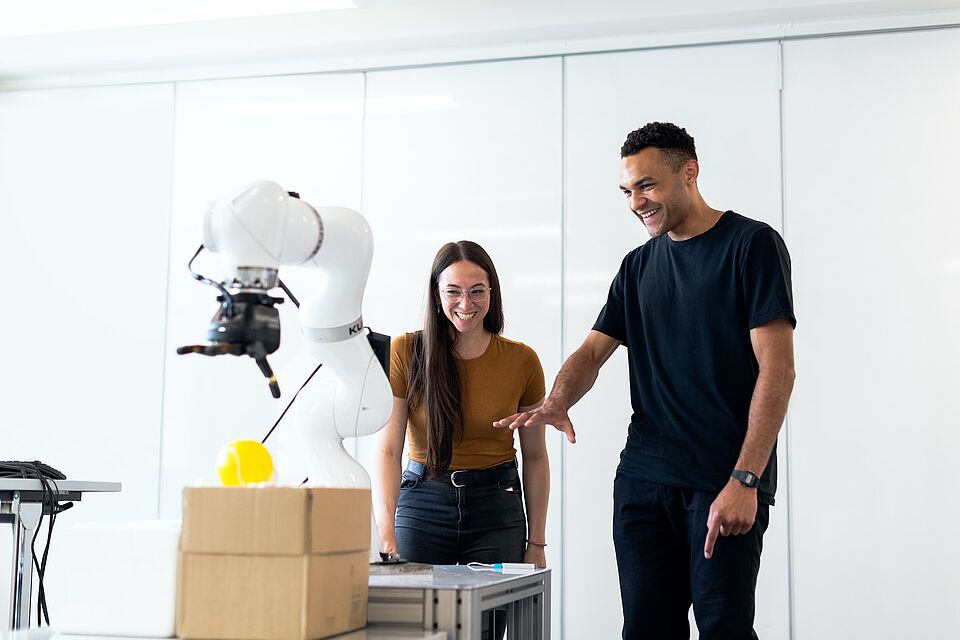
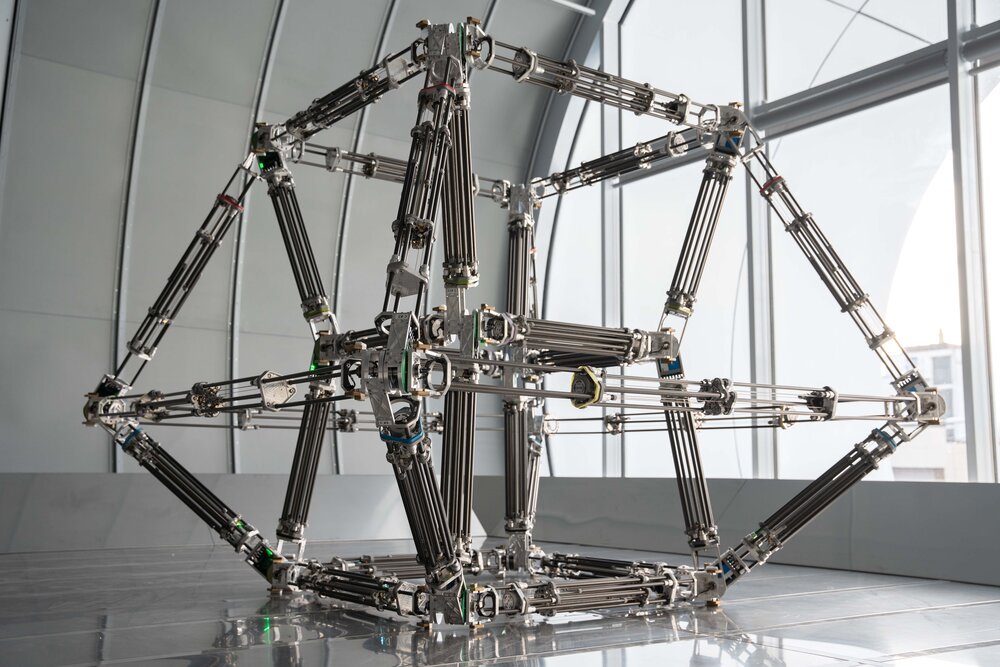


.jpg)








